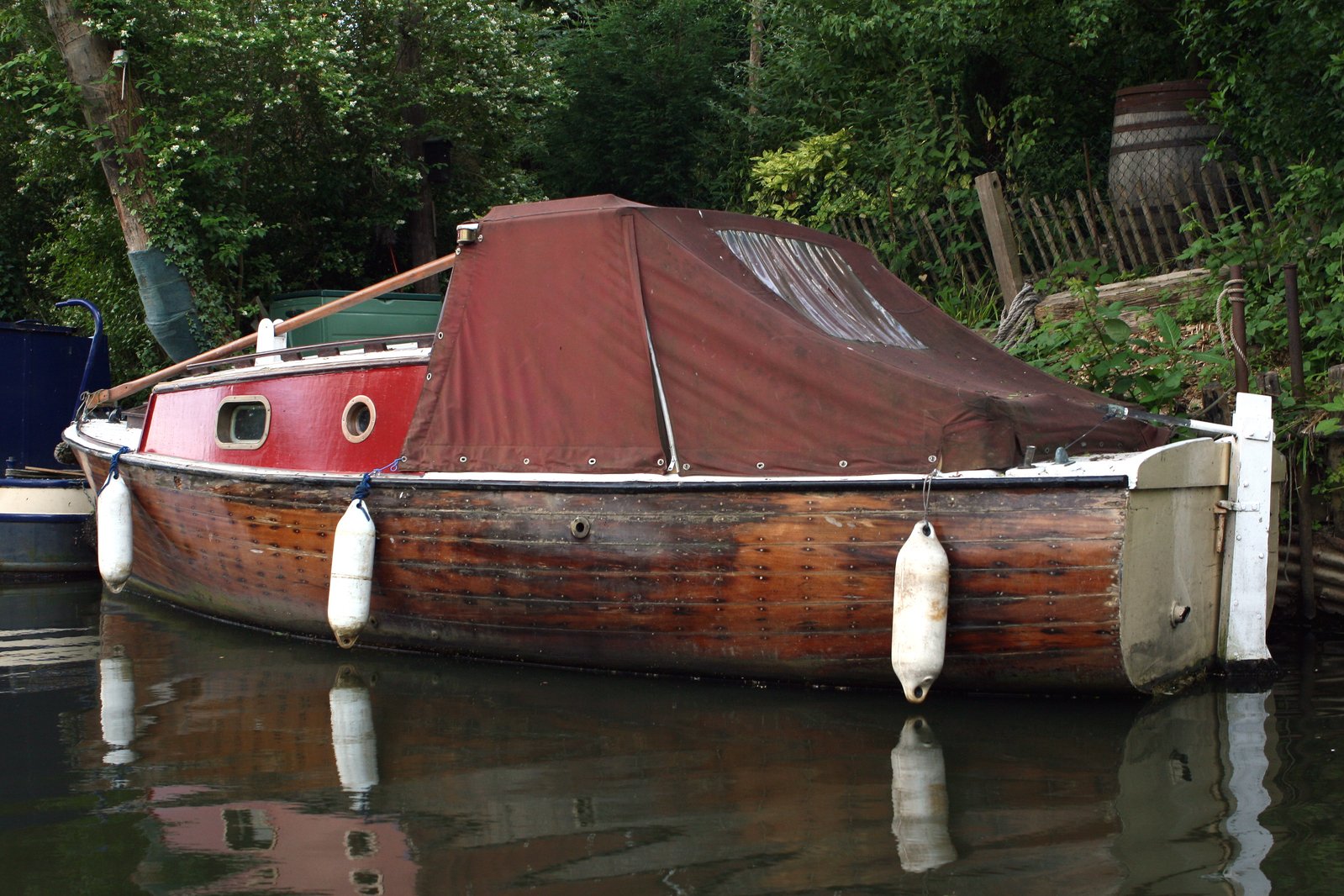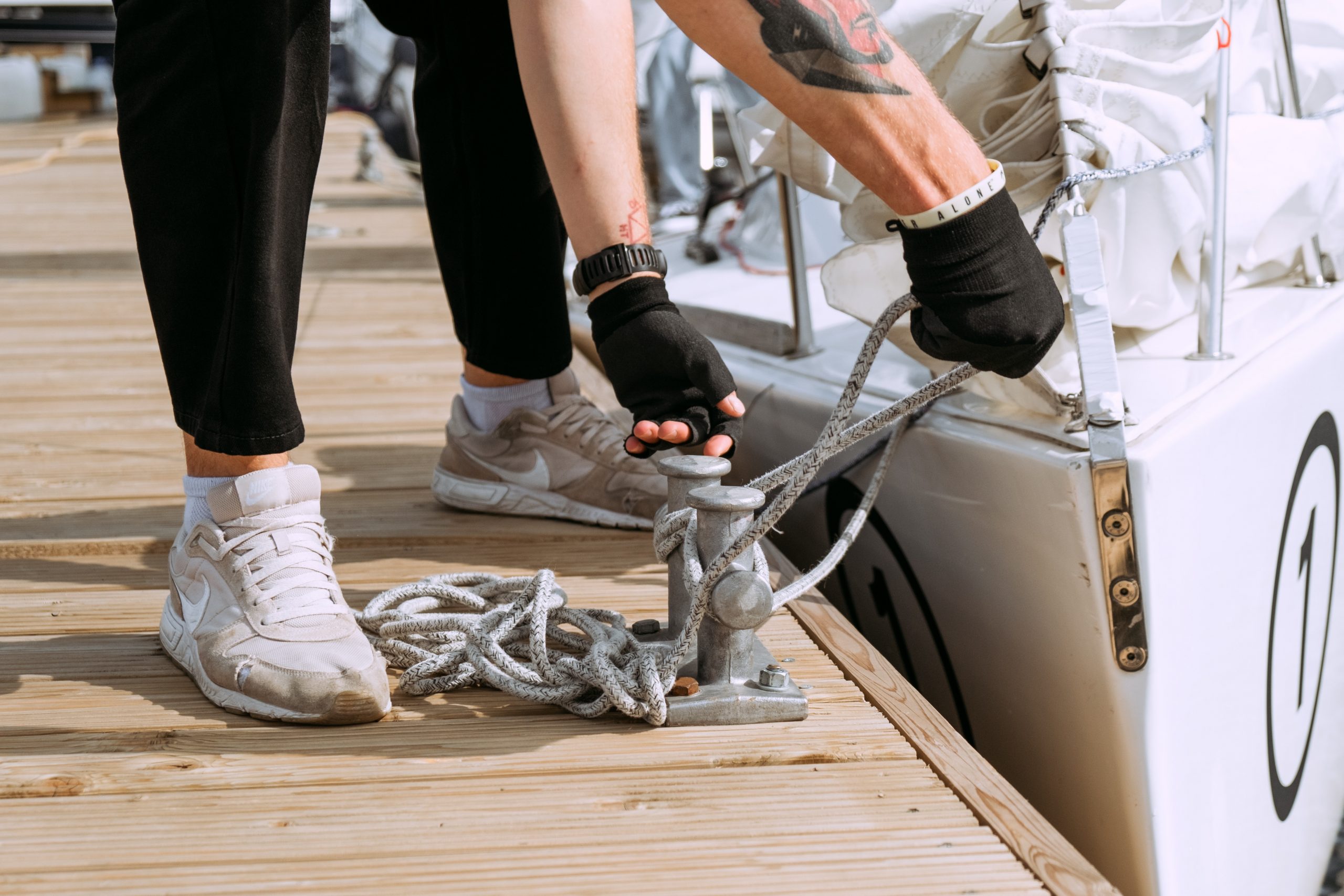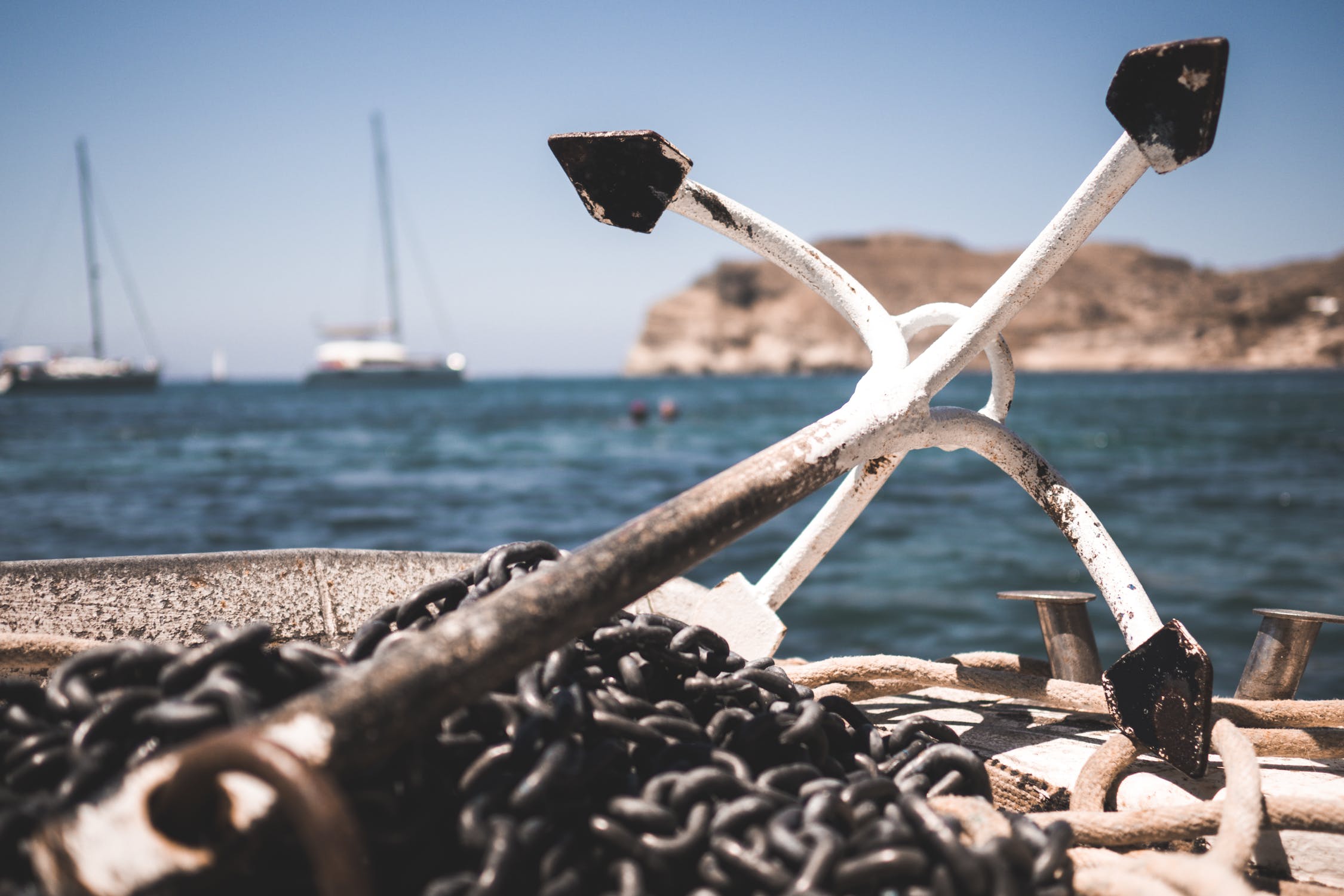
How do you secure your boat to a dock?
In this article, we tell you how to do it the right way and what are the purposes of different dock line types.
What Are Dock Lines?

Dock lines are links attached to fixed objects to prevent your boat from being easily swayed by wind and water.
What Is the Difference Between Mooring and Docking a Boat?
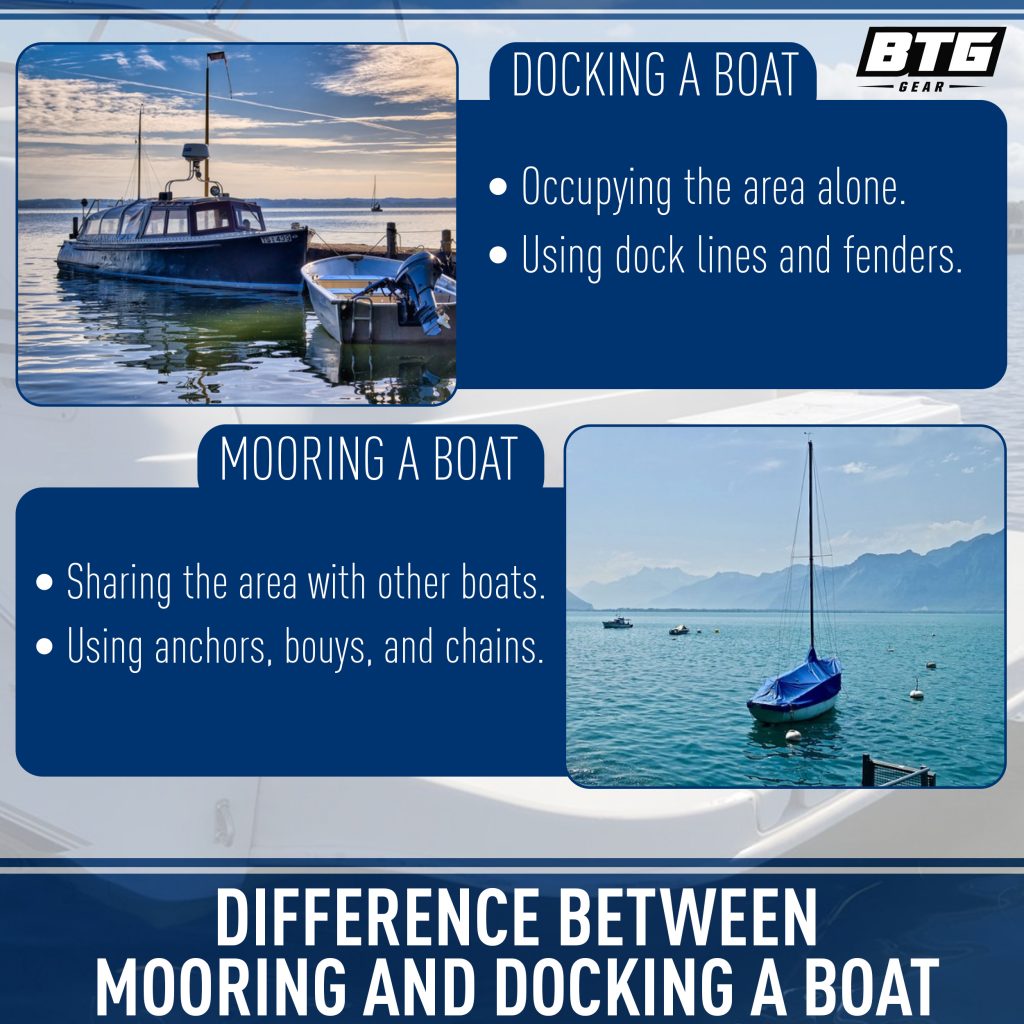
In simple terms, docking a boat is a process of securing a boat on a large marina or bay area whereas, mooring a boat is a process of securing a boat on a large marina or bay area that’s occupied by other similar boats.
To further prevent confusions, think of it this way – your boat is like a typical land vehicle where docking is like occupying a parking area and mooring is occupying a parking spot.
Other distinctions between the two are shown above.
Can I Moor My Boat Anywhere?
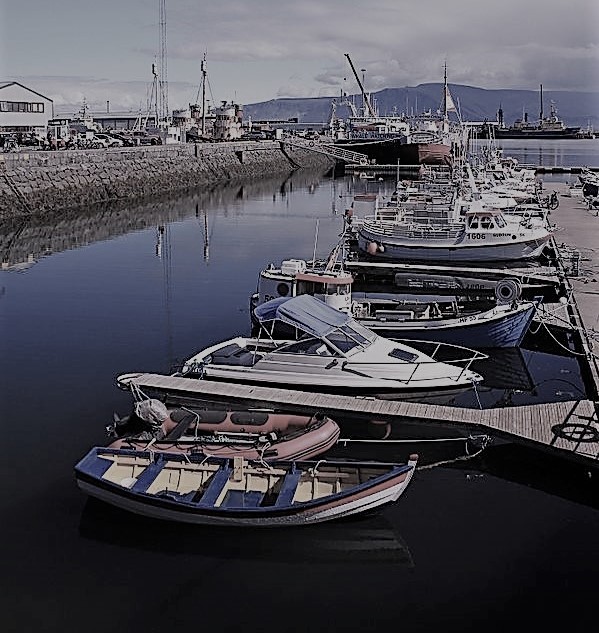
No, you can’t just moor your boat anywhere you please because some places have corresponding rules and restrictions regarding mooring that should be met. Moreover, even though there are areas that seem to be ideal mooring spots, other dangers aren’t immediately visible at first because you are in a body of water and a few warning signs could be missing or damaged.
Where Can I Moor My Boat?

Again, getting a suitable place to moor your boat depends on the location and any specific laws determined by the local authorities in the area. However, here are some general tips that can help:
- Choose a spot with less winds and waves.
- Never block the space or path for other boats.
- Use emergency lights or anchor lights when night falls and you’re not yet back.
How Many Dock Lines Do I Need?
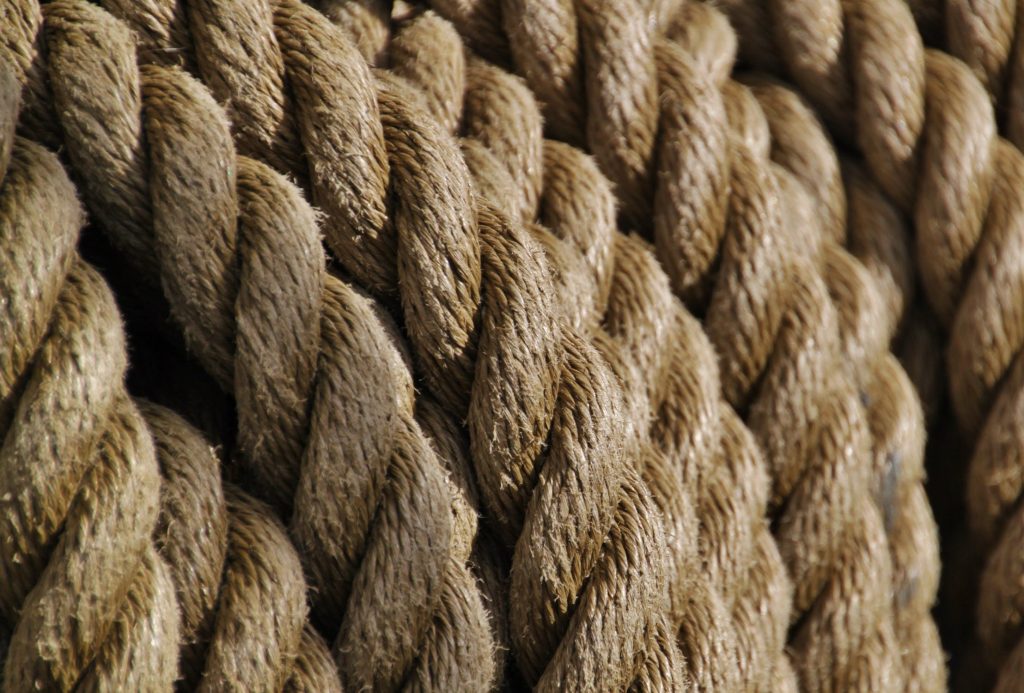
Since there’s still a chance for your boat to move back and forth even for a bit, you need about six dock lines at a minimum to hold your boat in place. Those will be two for stern lines, two for bow lines, and another two for spring lines.
Basically, both bow and stern lines have to be 2/3 the length of your boat but the spring line’s length varies on boat’s full sizes and should be always equal to them.
Dock Line Types
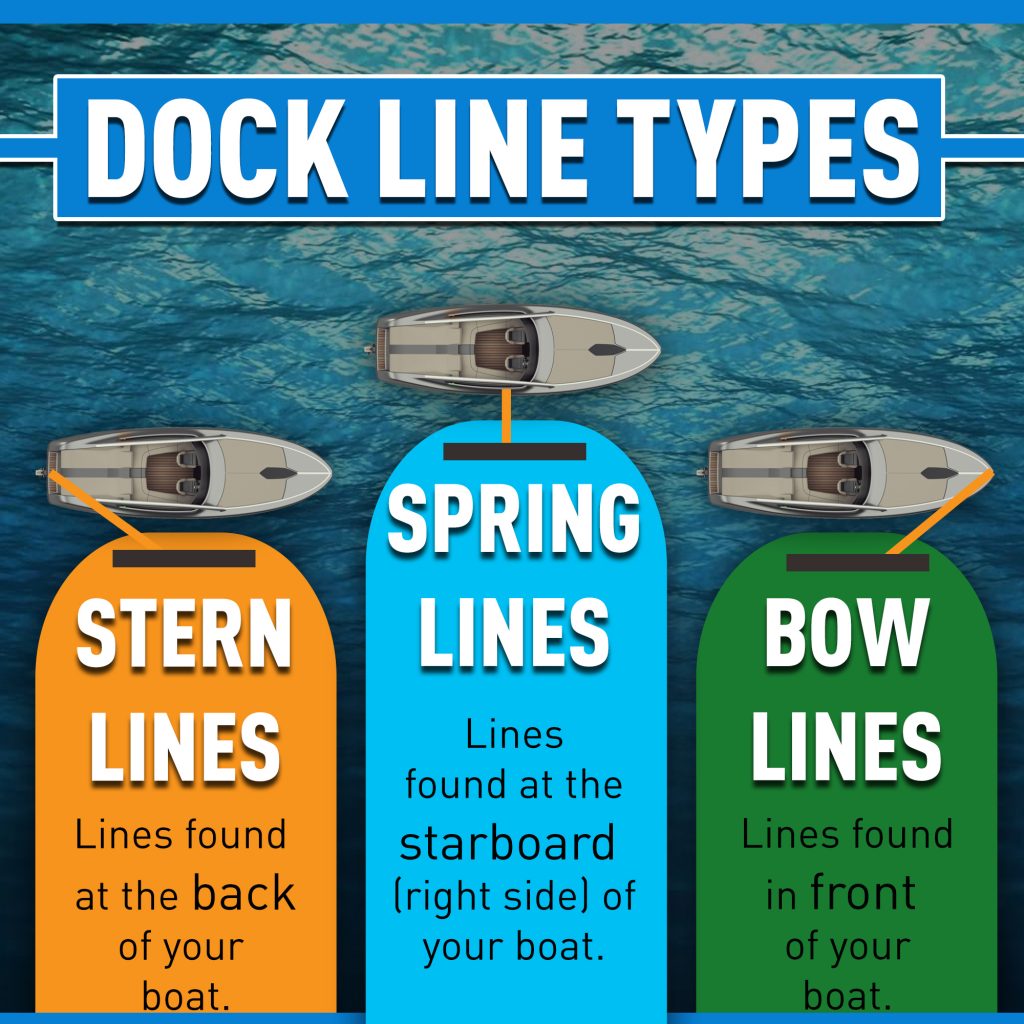
Tying your boat to a dock via dock lines isn’t enough. It’s also important to know the different dock lines that make up your boat so you can maximize their purposes as to how you prefer to keep your boat steady.
- Stern Lines – are those lines found at the back of your boat. They prevent your boat’s back portion from moving sideways.
- Spring Lines – are lines located on the starboard (right side) of your boat. They prevent your boat from moving forward and backward.
- Bow Lines – are those lines seen in front of your boat. Like the stern lines, they prevent your boat from moving sideways.
Dock Line Sizes

Standard-wise, dock lines should be 1/8″ of nylon line for every boat that’s 8′. So if you’re going to measure dock lines based on boat sizes, they normally fall under three main categories.
- 3/8″ Dock Lines – are meant for boats ranging 24′.
- 1/2″ Dock Lines – are meant for boats ranging 32′.
- 5/8″ Dock Lines – are intended for those ranging 40′.
For an in-depth explanation on this matter, see West Marine’s video on How to Choose the Right Dock Lines.
Dock Line Setup
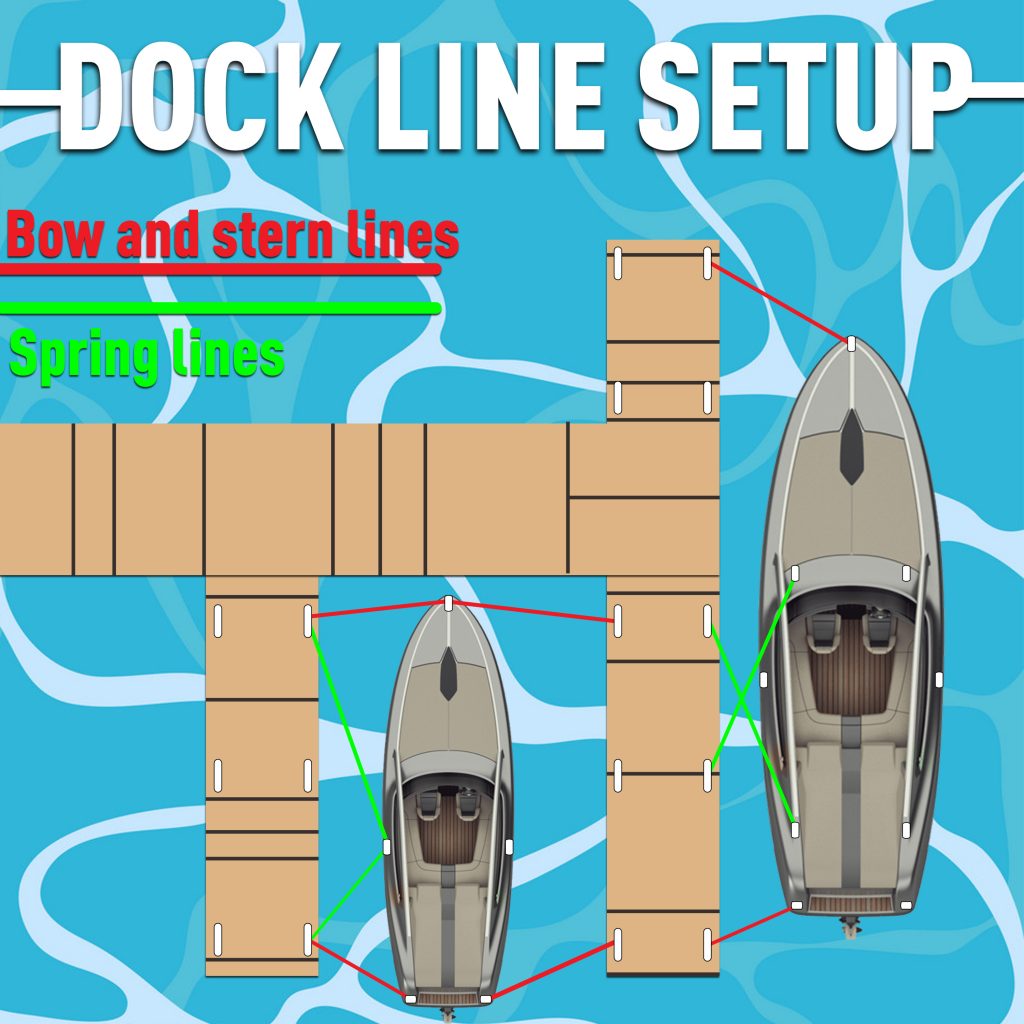
A standard dock line setup depends on the kind of boat you’ll be using. Since sailboats are larger than power boats, they are automatically placed on the exterior part of the main dock along the long finger or strip.
On the contrary, the power boats are found on the inner portion of the main dock called the moor or the enclosed space between the main dock’s two fingers (the short and long strips).
For a clear idea on how the dock lines will actually look like, watch MarineMax’s video.
Tying a Knot to a Ring
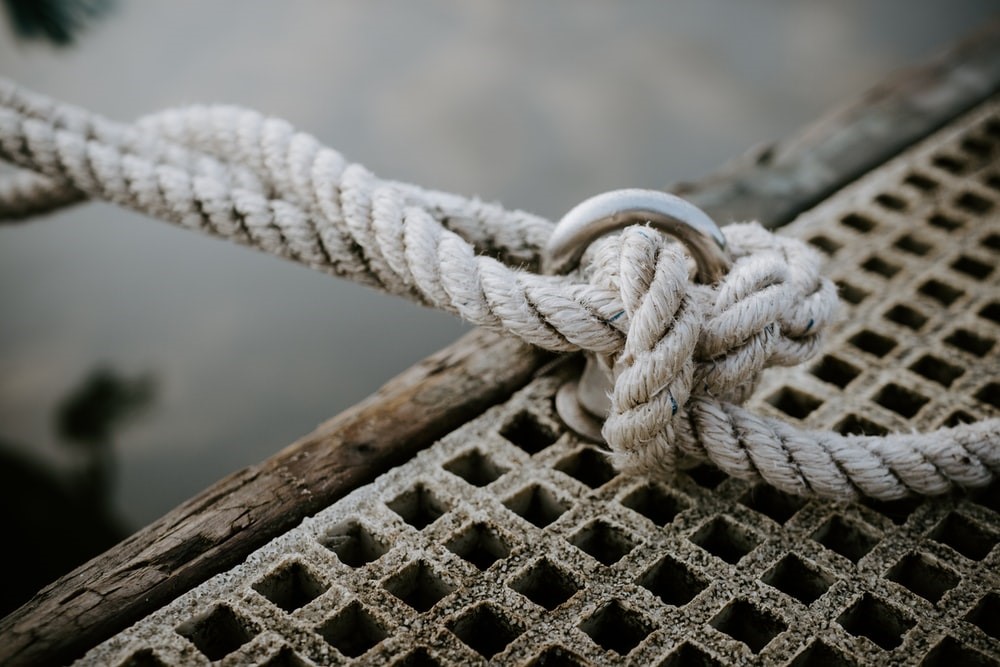
Take a portion of the rope through it. Gently pull the rope’s loose end then insert it into the other end (or portion) followed by creating another loop around the line moving to the boat. Do it twice for a secure hold on the ring.
Tying a Knot to a Cleat

Come at an angle from your boat to the cleat’s backside. Wrap the line over your hand because your hand will serve as the guide in putting the rope on the front part. Do the same thing at the back until the line is fixed. See Len’s Cove Lessons in Boating.
Tying a Knot to a Post or Piling
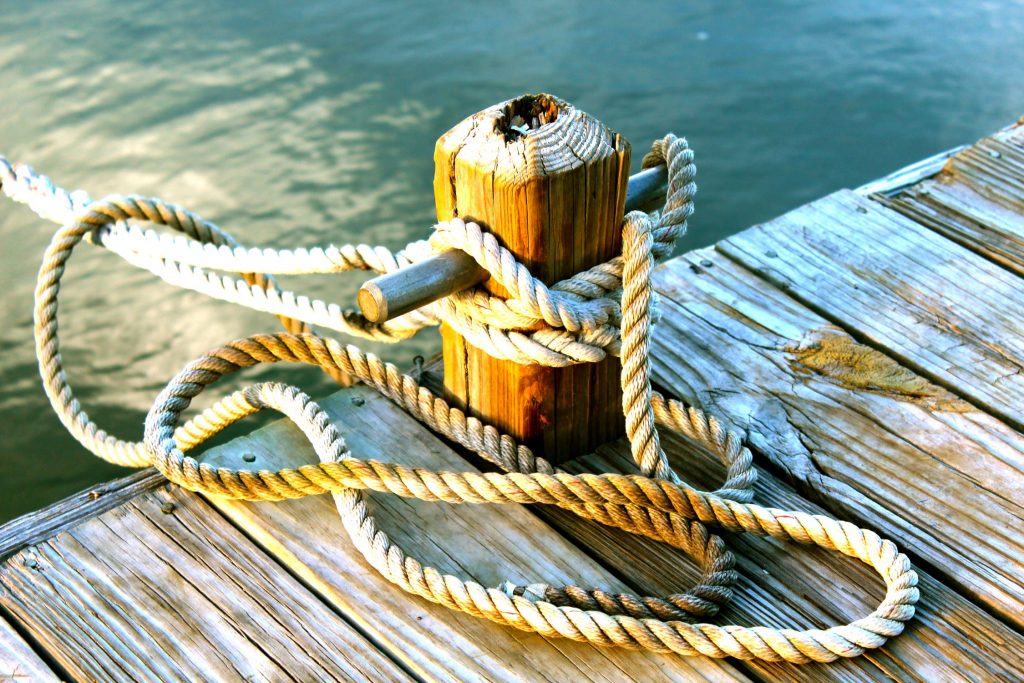
This one is useful when there’s no ring or cleat around to tie your dock line to. With that said, you only have the dock posts or pilings to secure your boat in place. To do this, wrap the line around the post. Twist the left end portion to form a loop and insert the right end into it. Once the right end gets through, twist it on top and insert it again on another loop. Then finally pull to tighten it.
Some Docking Tips for Boaters
Leaving your boat behind the dock and directly tying it to the ring or cleat may look all simple but it takes a few strategies to make your boat almost completely immobile on the water surface.
Bow Line Length Should Be Almost Equal to Boat Length
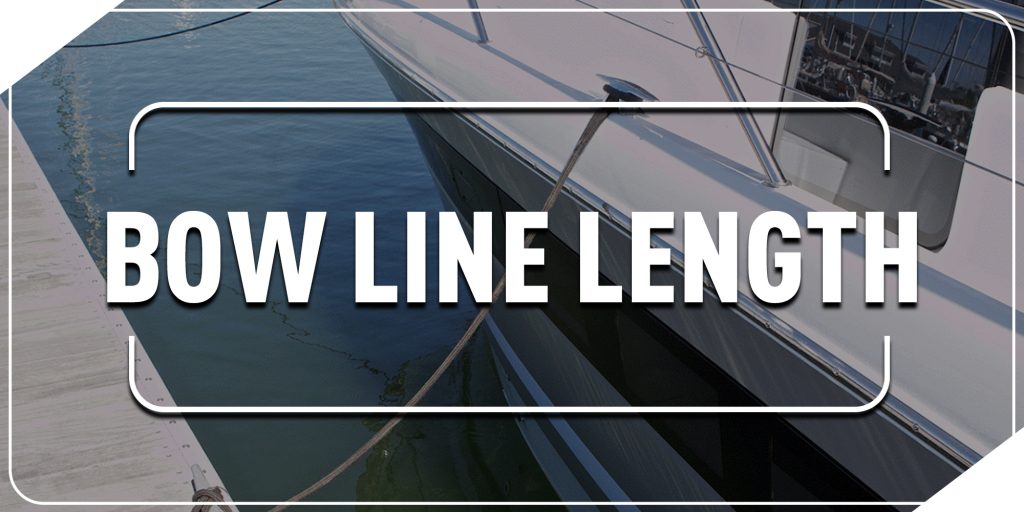
The bow line must be approximately the same to that of your boat in terms of length. This is because it lets you create a spring line that prevents your boat from bumping against its neighboring water vessels and the dock itself.
Put Slack on the Dock Line
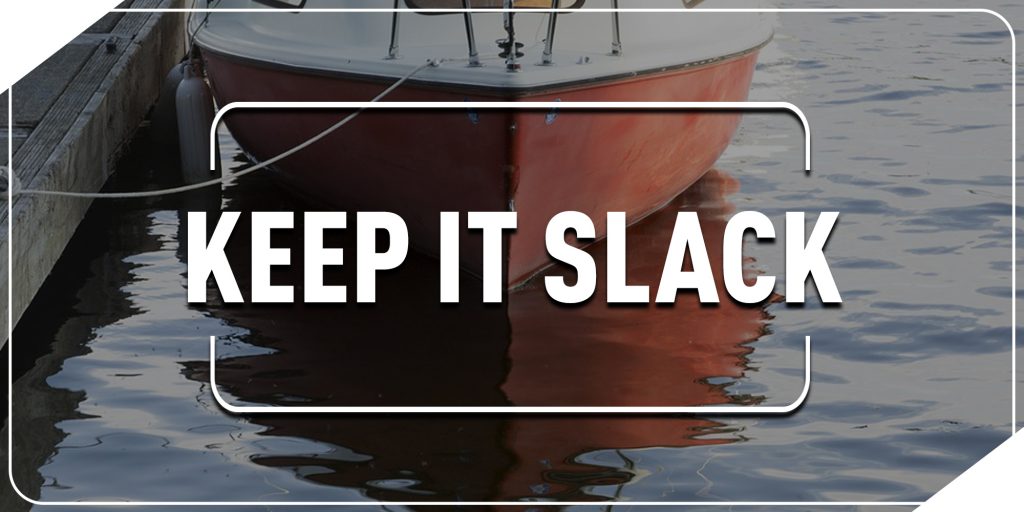
There’s no specific rule as to how far the dock line must be from the ring or cleat when you tie it. However, the dock line should neither be too tight to accidentally hang your boat on the surface when water levels are at the lowest, nor too long to let it sway around the water surface to acquire damage. More on this at Brook Crist Outdoors Channel.
Line up Your Dock Approach

This means going “fairly” where the wind takes you. Because the wind affects water wave or current that carries your boat, make sure to move with it as much as possible.
If the wind’s direction is coming from behind you, you need to come in shallow to stay off the dock. But if the wind is coming in front or opposite from your boat, you need to come in a bit steep (or with force) in order to get to the dock. Sneak a peek on how the trick is done via Boat U.S.
Conclusion
Learning how to tie a boat to a dock properly saves you the stress of accidentally losing or damaging your boat. Think of it as a simple way of maintaining such a life-long investment that’s both your partner in travel and livelihood. Comment below and share us your personal tips.

